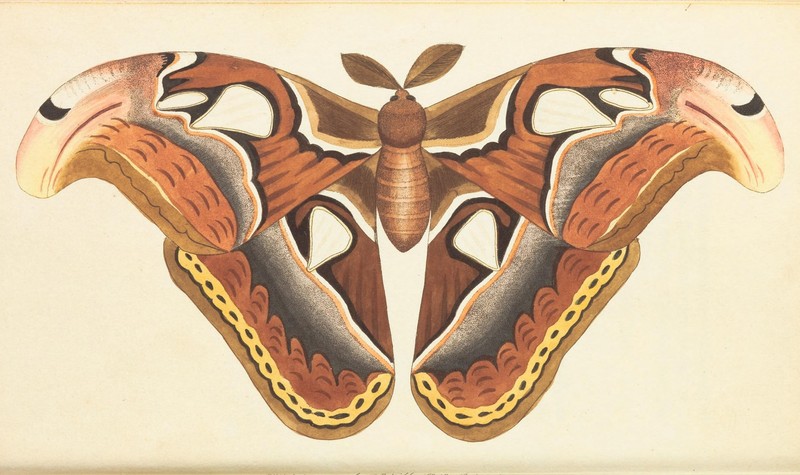|
| Query: the malay archipelago | Result: 22nd of 53 | |
Atlas moth (Attacus atlas)
| Subject: | Atlas moth (Attacus atlas)
| | Poster: | Wiki Photos (---@---.---)
| |

| Resolution: 2686x1595
File Size: 802583 Bytes
Date: 2014:11:05 18:04:11
Upload Date: 2017:03:20 11:08:38
|
English: The Atlas Moth
Date 1789
Source George Shaw and Frederick P. Nodder. The Naturalist's Miscellany: or Coloured Figures of Natural Objects; Drawn and Described Immediately from Nature. Vol. 1 . Scanned and uploaded by the Biodiversity Heritage Library
Author Frederick P. Nodder (Frederick Polydore Nodder - https://en.wikipedia.org/wiki/Frederick_Polydore_Nodder)
Source: https://commons.wikimedia.org/wiki/File:The_Naturalist%27s_Miscellany_Vol.1_Atlas_Moth.jpg
Attacus atlas (Atlas moth) is a large saturniid moth found in the tropical and subtropical forests of Southeast Asia, and is common across the Malay archipelago. Atlas moths' wingspans are among the largest in the world, reaching over 25 cm. Females are appreciably larger and heavier than the males. |

|

|

|
the malay archipelago
22/53 |

|

|
^o^
Animal Pictures Archive for smart phones
^o^
|
|

